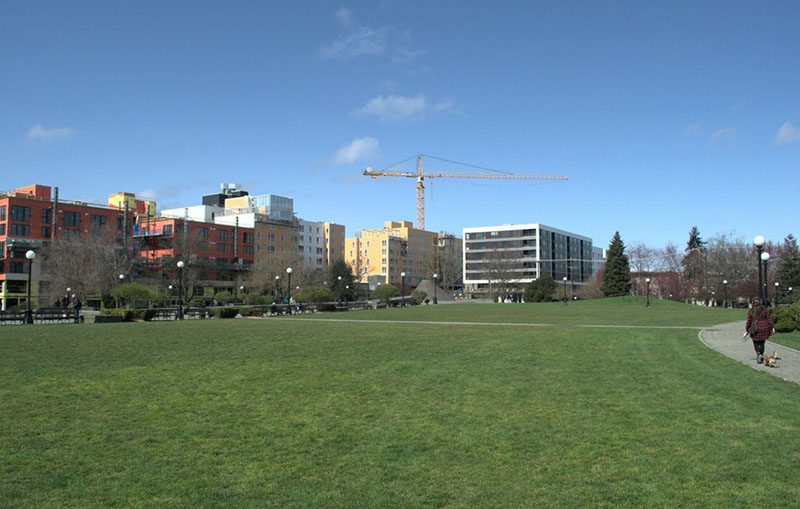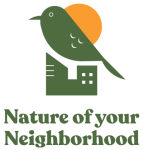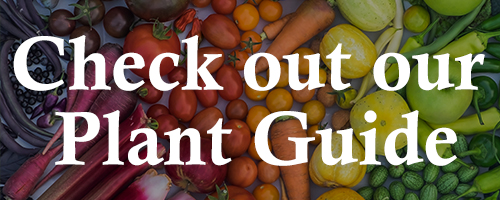Some introduced plant species can cause ecological or economical harm. For example, ivy or Himalayan blackberry grow so aggressively they can form dense mats or thickets that take over hillsides or forests. They outcompete other plant species and diminish biodiversity.
Other plants produce poisons that can harm wildlife. And some varieties of flowering plant have been so modified by horticulturalists that the pollen or nectar resources are inaccessible to pollinators.
Read on to learn what plants to avoid when figuring out what to plant and remove from your existing yard.
Noxious Plants
Some plant species that have been introduced in King County spread so quickly and aggressively that they can cause significant ecological and economic harm.
Washington State law requires that some of these species be eradicated or controlled on properties where they are found growing, and often sale or distribution of the plants are prohibited. Other noxious species are less controlled and are common in Seattle and in the Biodiversity Corridor. These include species like Himalayan blackberry, Japanese knotweed, common hawthorn, and butterfly bush (see King County’s list of noxious plants).
These are three examples of noxious plants within the Biodiversity Corridor. These plants can provide resources to wildlife; however, their potential to harm ecosystems exceeds any benefits.
Image credits: A. Shwarts / iNaturalist / CC BY-NC. B. Biologystudentforagreennewdeal / iNaturalist / CC BY-NC. C. Joshua Morris / Seattle Audubon
Ironically, many of these species can provide resources and benefits to some urban wildlife species. Song sparrows, for instance, are often seen in Himalayan blackberry thickets. Chickadees and waxwings will eat common hawthorn berries. Butterflies sip nectar from butterfly bushes.
However, the harm these species can cause makes it advisable to avoid them and, where they are present, to remove and replace them with a diversity of other wildlife–supporting plant species. Remember to avoid removing vegetation while birds are nesting and raising young (generally February 1 through Aug 31).
Toxic plants
Some plants produce materials that are toxic to birds. Heavenly bamboo (Nandina domestica) is one such plant. It has dark-green leaves and puts out bright-red berries that persist on the plant long into the winter. The shrub is widely used in landscaping around Seattle, including in the Biodiversity Corridor.
Some people specifically plant heavenly bamboo to provide fruit for winter birds like cedar waxwings or American robins. However, the berries contain compounds that break down in the body of animals to produce toxic hydrogen cyanide. Cedar waxwings are documented to have died after ingesting the berries (Woldemeskel and Steyer, 2010).
Consider removing and replacing heavenly bamboo with something that better supports wildlife. If you can’t remove the whole plant, at least remove the berries to help keep birds safe.

Flowers with highly modified blooms
Gardeners and horticulturalists have bred some amazing flowers into existence. Take the rose, for example. Our native roses, including the Nootka rose (Rosa nutkana), have five pink petals arranged around the pollen- and nectar-producing parts of the flowers. Those resources are readily available to pollinators, unobstructed by the petals.
Some horticultural rose hybrids and cultivars, however, have multitudes more petals that cluster tightly around the central area of the flower where the resources are. This might make the bloom “useless” from the perspective of a bumblebee.
Many “garden variety” flowers also have modified blooms that make them inaccessible to pollinators, including some dahlias, chrysanthemums, and other highly hybridized or modified plants often for sale in commercial nurseries that have been selected for uniform flower size, long-lasting blooms, bright colors, and long retail shelf life.
Not to say we shouldn’t plant and enjoy these flowers. Many of these gorgeous plants already decorate and perfume the Biodiversity Corridor. But we should also consider adding more species of flowering plants so bees can fully benefit from their blooms.
Plants that form monocultures
Some plant species grow aggressively and tend to form monocultures—where a single plant species dominates an area—outcompeting, displacing, and killing other species that were previously present.
Monocultures can diminish biodiversity, and some plants that form monocultures also harbor pests. The noxious plants we met above all risk forming monocultures, but here are two more examples for good measure.
Ivy
Ivy is common in Seattle and along the Biodiversity Corridor. It’s an amazing plant, able to thrive in cold, low-light conditions. It tends to stay green year-round, and looks lovely when it climbs up the walls of a building.
However, some ivies, particularly Irish ivy (Hedera hibernica) and English ivy (Hedera hedonica), grow thick and fast, smother others, and can completely take over a property or forest. When ivy climbs into trees, it can hold moisture close to the trunk, promoting rot.
Eventually, ivy may completely cover a tree and starve it of sunlight. The additional weight from the ivy, which can be substantial—a mature ivy plant can weigh more than a ton—also makes trees more susceptible to toppling. And the cherry on top: ivy provides great habitat for rats.
Removing ivy has many benefits for biodiversity, from tree protection to rodent prevention. If you’ve got an ivy problem, learn how to safely remove it.

Turf grass
True: sometimes you’ll find American robins, European starlings, and American crows foraging for earthworms or chafer beetles in lawns. But for many wildlife species, lawns, especially mowed and manicured lawns, are essentially barren monocultures that provide little habitat value. If fertilizers, pesticides, and herbicides are used, the lawn may actively harm wildlife.
Transforming turf grass into higher-quality habitats is one of the most powerful ways we can support biodiversity in the corridor.
The more lawn area you can convert, the better. But even transforming just a portion of lawn to native and other wildlife-supporting plants would be helpful to urban biodiversity.




